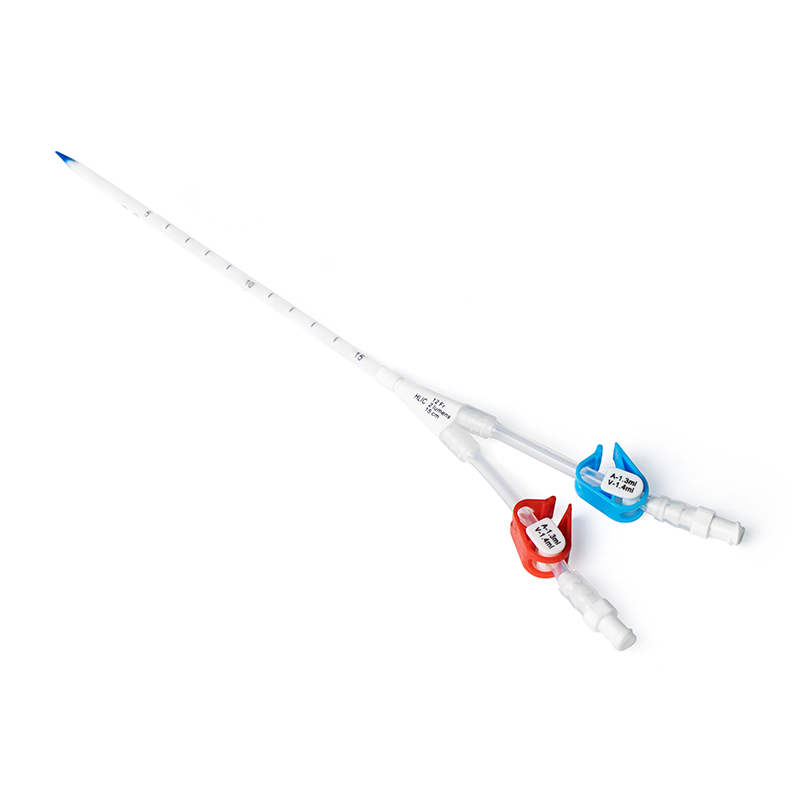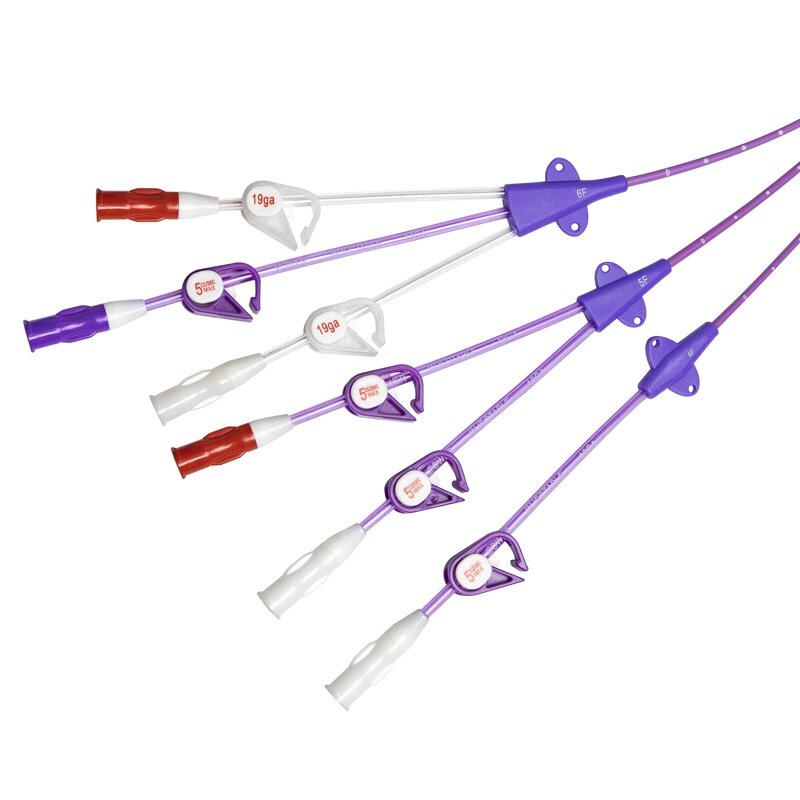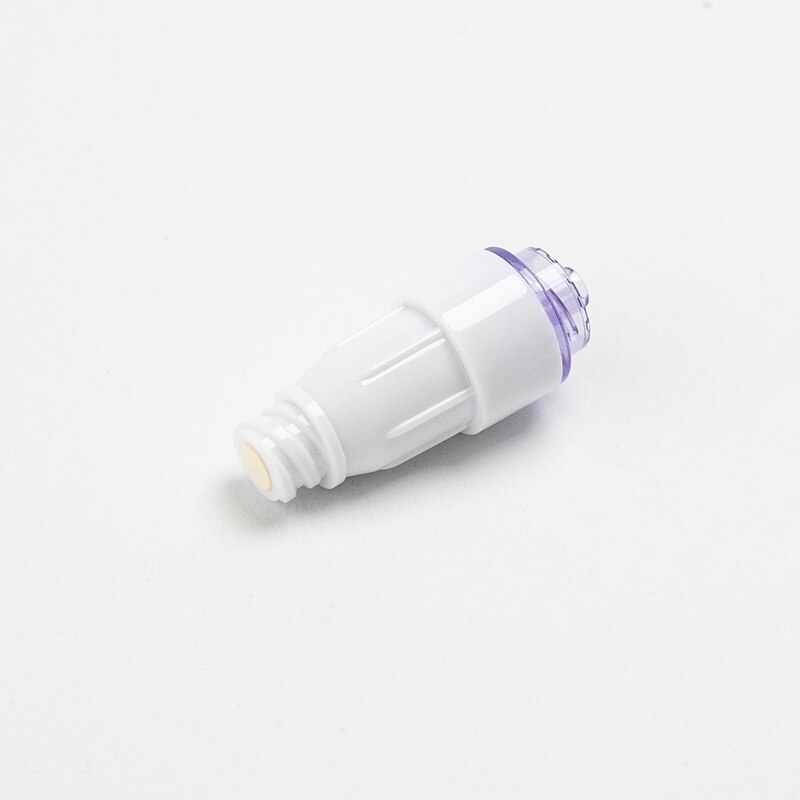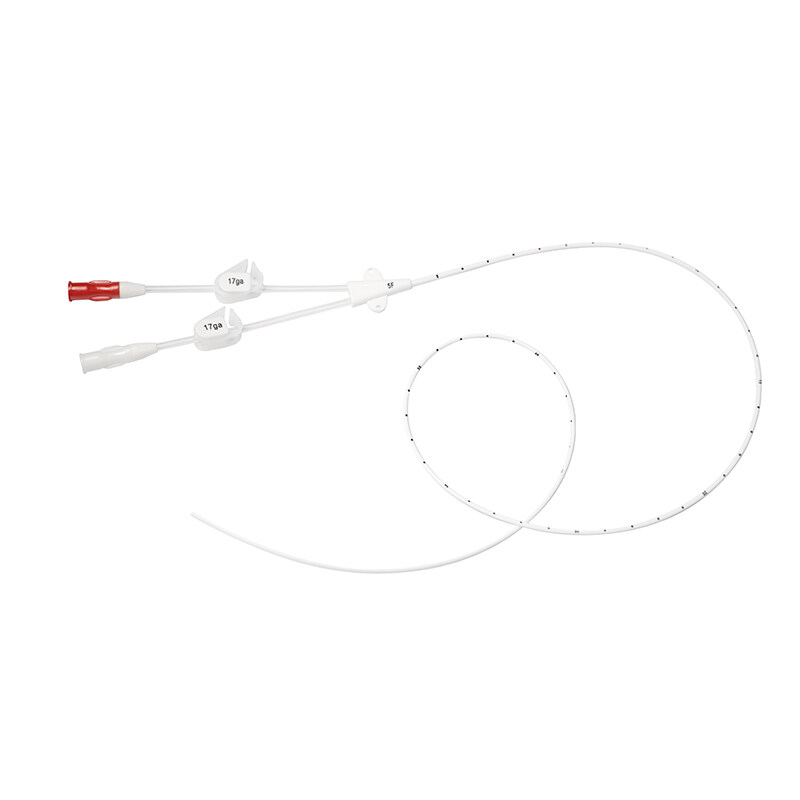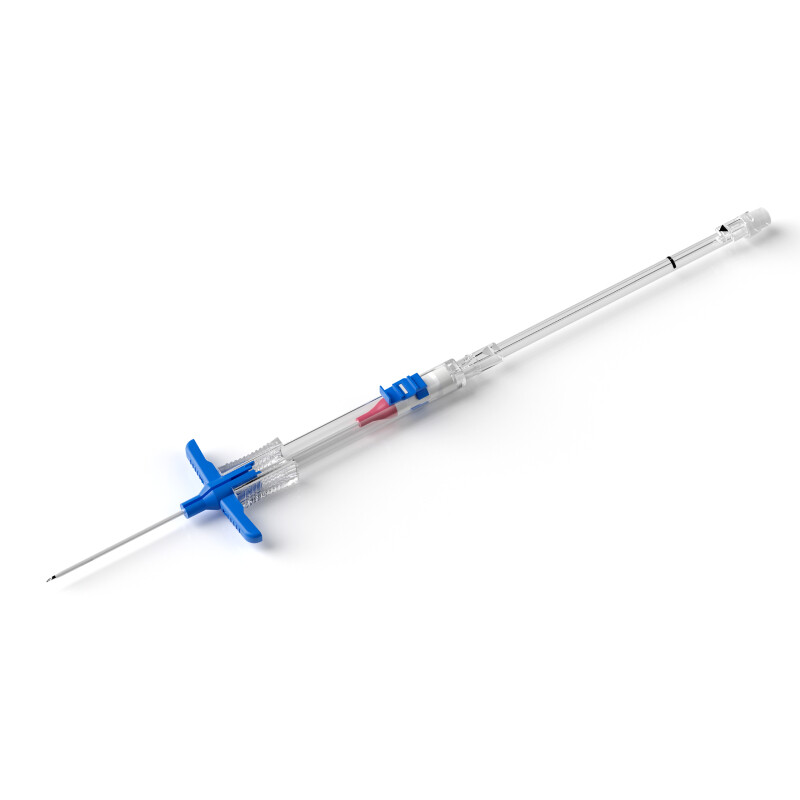By Haolang Medical 01-09-2021
The current issues of clinical disinfection
Catheter-related blood infection is one of the common medical-derived infections in clinical practice, and the infection factors involve the operation, care, patient management and many other aspects, which adversely affect the prognosis of patients and cause heavy financial burden.
01
The National Health Council has released the top ten national goals for improving the quality and safety of medical care by 2021, the ninth is: Reduce the incidence of blood infection associated with intravascular devices[1].
02
The National Health Commission issued guidelines for the prevention and control of vascular catheter-related infections (2021 edition)
The incidence of infection in patients with PICC is relatively high, mostly because medical staff cannot clean the joint grooves up when disinfecting the needle-less valve with ethanol disinfection cotton in the maintenance process of PICC, resulting in the retention and reproduction of bacteria that infect patients' blood[2].
Current disinfection method
At present, the main disinfection methods clinically used for infusion joint are cotton swab disinfection, disposable ethanol disinfection cotton tablets and disinfection cap,etc.
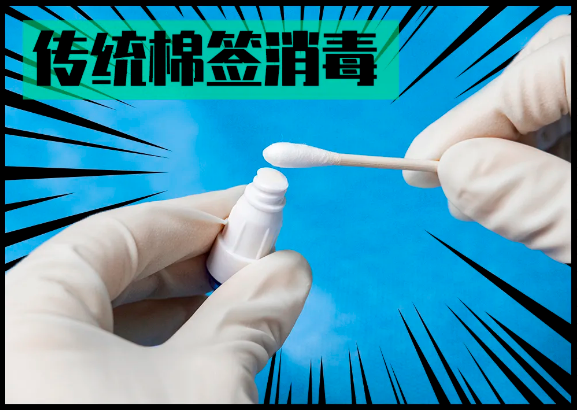
Traditional cotton swab disinfection is time-consuming, it would cause waste when the preservation of disinfectant is failed, and it’s hardly to clean up the side and cross-section of needle-less valve while disinfecting, now traditional cotton swab disinfection is gradually replaced by other disinfection methods.
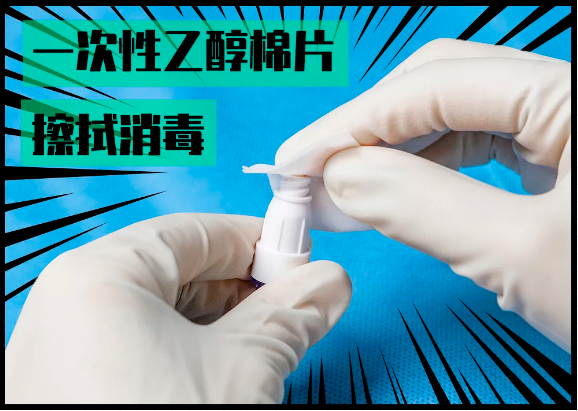
Disposable ethanol disinfection cotton tablets has the advantages of independent packaging, easy to carry, good operating experience. It is very popular in clinical application.
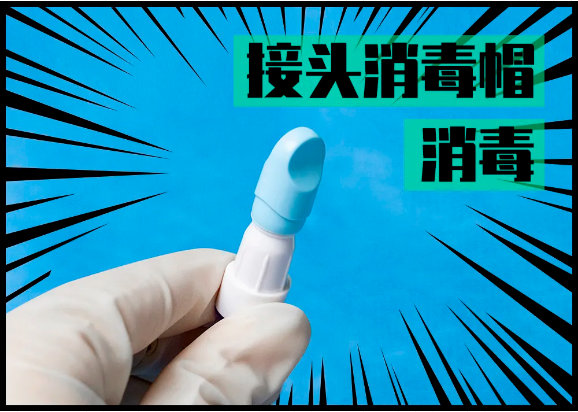
The disinfection cap, not only has the advantage of disposable ethanol cotton tablets, also because it can provide a physical barrier for infusion joint, reduce catheter-related blood infection, has been clinically popularized[3].
The advantage study of disinfection cap
Disinfection cap can effectively shorten the operating time and improve the working efficiency. When medical staffs make the disinfection for positive needle-less valve with disposable ethanol cotton tablet, the staffs must wiped and dried it for a period of time in order to achieve disinfection effect. Face heavy workload and long working hours, some medical staffs may not be able to thoroughly disinfect the dead corner part of the connector, or ignore sterile operation, that can not ensure the disinfection time or not disinfect completely ,then lead to adverse consequences[9].
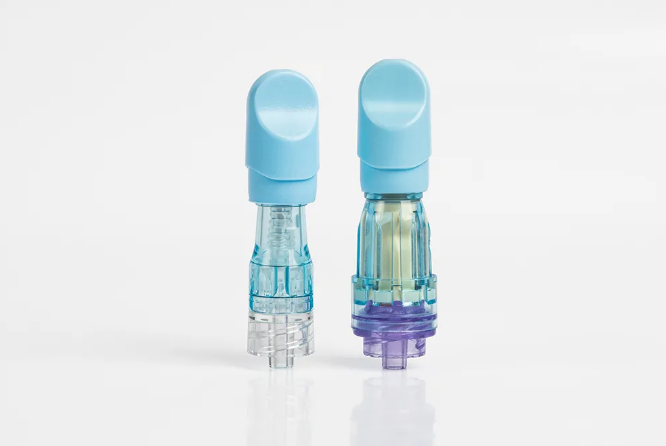
Simply remove the disinfection cap from needle-less valve and dry the valve for a few seconds will significantly shorten the disinfecting operation time[7] and potentially reducing the incidence of infection due to irregular operation.
In 2019, the Chinese Nursing Association issued the <Expert Consensus on Clinical Venous Catheter Maintenance Operations>: the usage of disinfection caps containing ethanol or isopropanol can reduce the risk of catheter-related blood infection, disinfection caps should be used once[4].
In 2021 the U.S. Infusion Guidelines recommend that passive disinfection with disinfectants ( such as 70% isopropanol, iodized alcohol) effectively control microbial contamination in the cavity to reduce the incidence of catheter-related blood flow infections[5].
Foreign literature reported a significant statistical results of the reduction in infections with passive ethanol disinfection caps (a decrease of 48-86%)[6].
Liu Huiqing and her team members found that the use of disinfection cap can quickly achieve the effect of disposable ethanol cotton tablet, and the disinfection time is also longer. Experiment shows that, 4 hours after disinfection, the surface bacterial colony on connectors disinfected by disinfection cap is significantly lower than the ethanol cotton tablet.[7]
The use of disinfection cap may improve the effect of disinfection compliance among clinical intensive caregivers. Studies abroad have found that due to the heavy workload, nursing staff in intensive care units may not be able to ensure that every disinfection can fully meet the standard disinfection process in clinical care.[10]
A study by Helder showed that the compliance of 30s drying time after disinfection among caregivers was only 45% [11]. Pan Lifen found that the compliance of disinfection with disinfection cap is 82.5% through the database summary,much higher than manual disinfection.[12] They also found that the use of disinfection cap can reduce CRBSI, save medical costs, shorten maintenance time, cut down nurses’ workload.
Bibliography:
- Notice from the Office of the National Health and Health Commission on the issuance of the National Health Quality and Safety Improvement Target for 2021
- Notice from the General Office of the National Health Council on the issuance of guidelines for the prevention and control of infections related to vascular catheters.(2021 edition).
- Guan Yinfang, Wang Ling, Yin Qingyun. Infusion joint- disinfection cap to reduce the catheter-related blood infection.
[J]Qilu Nursing Journal 2018,24(23):
[4]Chinese Nursing Association: <Expert Consensus on Clinical Venous Catheter Maintenance Operations >September 2019
[5] Copyright © 2021 Infusion Nurses Society. Unauthorized reproduction of this article is prohibited.
[6]Moureau NL, Flynn J. Disinfection of needleless connector hubs: clin_x0002_ical evidence systematic review. Nurs Res Pract. 2015;2015:796762. doi:10.1155/2015/796762
[7] Liu Huiqing, Tian Xinyi, Zhong Rong, etc. Application of disposable disinfection cap in the disinfection of the retention needle positive crimp joint.
- Journal of Nursing,2019,034(022):47-49.
- Wei Xiuhong, Chu xiaofeng. The studies on effects of alcohol cap in PICC-related blood flow infection in tumor patients. Nursing Research, 1671-8054 (2018) 01-0076-02
[9]Liu JuanJuan, Liu Zhihua, Liu Xiaowei, etc. The evaluation of the effect of the catheter disinfection connector to positive needle-less valve applied to PICC indwelling.Journal of Inner Mongolia Medical University, 2018, 40 (S1): 287-290.
[10]Moureau NL, Flynn J. Disinfection of needleless connector hubs: clinical evidence systematic review [J]. Nurs Res Pract, 2015:796-762.
[11] Onno K. Helder,Rene F. Kornelisse, Iwin K.M. Reiss , et al. Disinfection practices in intravenous drug administration [J]. Am J Infect,2016,44(6):721-723.
[12]Pan Lifen, Tan Shufang, Qiu Yihong, etc. Evaluation of the role of disinfection cap in reducing cardiovascular catheter-related blood flow infections. Lingnan Modern Clinical Surgery 2019, 19 (3): 344-349.

